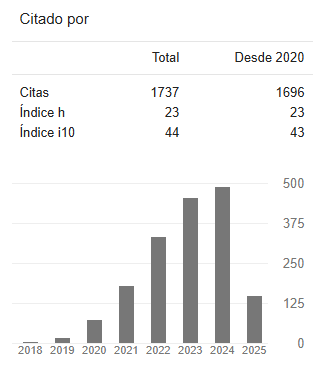100 ways to improve your writing (4)
100 ways to improve your writing (4)
We continue with the advice of the book "100 ways to improve your writing" by Gary Provost:
https://www.samuelthomasdavies.com/book-summaries/writing/100-ways-to-improve-your-writing/
(4.2) Use a topic sentence
A topic sentence is a sentence that contains the thought that is developed in the rest of the paragraph and is commonly the first sentence of a paragraph.
Deciding what to write in a paragraph and what won't be easier if you write a topic sentence first. For each paragraph you should ask yourself, "What do I want to say here? What is my argument? What question do I want to ask?" Answer with a single sentence, which will be your topic sentence. If you don't include this sentence in the paragraph, it's okay, it will still serve as a guide. When you write the first drafts, ask yourself how each sentence in a paragraph justifies the topic sentence in that paragraph. If the answer is "Does not", then ask yourself what other work the sentence is doing in the paragraph. If the answer is "None," then delete the sentence.
I have to correct this mistake many times: a paragraph that deals with several topics. No, it is usually wrong: 1 paragraph, 1 topic; 1 sentence, 1 idea. One (1) - one (1).
(4.3) Write short paragraphs
Your writing will be faster and clearer if you write short paragraphs. The reader will appreciate the pauses and the blank space. This way you will also avoid syntactic ambiguities, parallelisms, among others. Your thoughts will be better organized and clearly expressed. This will make it easier for you and the reader to locate specific statements.
But a paragraph can't be so short that it only has one sentence, that's wrong too. So what should the length of a paragraph be? Taking that sentences should be between 15 and 25 words, and a paragraph should be between 3 and 6 sentences, a paragraph should be between 45 (15x3) and 150 (25x6) words. Of course, it is always possible to skip these limits out of necessity, but they should be respected most of the time.
(4.4) Use connectors
A connector is a word or group of words that moves the reader from one place to another. The "place" could be the location of a scene, a place in time, or a discussion area. The transition should be quick, smooth, quiet, reliable and logical, and should draw a minimum of attention.
Connectors are important because they represent the transition to a "danger zone" where you risk losing your reader. The connector is used to show the reader the connection between what he has just read and what he is about to read, implying the relationship between those two bodies of information. Here are some common connectors:
- Time Connectors: The following week..., In December of that year..., By the time Arthur arrived..., After the dance..., Twenty years later...
- Place Connectors: Across the mountain..., at the monument, Montana..., Meanwhile, back home..., When we arrived at Peter's house..., In my house I realized...
- Contrast connectors: Consequently..., In this way..., On the other hand..., Unlike..., In spite of...
- Another common type of connector or transition occurs without words, i.e. in the use of spaces, such as skipping lines, starting new chapters, etc.
Connectors are very important in scientific articles so that the "thread" that connects the entire text of the article, from beginning to end, is not lost.
(4.6) Use transition words
A transition word is a word that is used in one paragraph and then repeated in the next transition, showing how the writer got from one thought to another, thus providing a connection and union between the ideas.
Transition words are used all the time to achieve fluid conversations. If your friend says, "Let's go apple picking on Saturday. My brother Larry lives in California," you will feel a little lost and will certainly ask, "Why are you suddenly talking about your brother? On the other hand, if your friend says, "Let's go apple picking on Saturday. My brother Larry and I used to pick apples all the time. He lives in California," the word "apples" gives you a bridge through your friend's thoughts, and you get to understand without difficulty.
Likewise, in your writing you can convince the reader by a logical connection between subjects through the use of good transition words.
You have to create bridges that connect all parts of an article. The connection points of the bridges are "strong points" and are achieved with "transitional phrases" and "bridge words". When that fails, incomplete bridges are created.
Sergio Lujan-Mora








